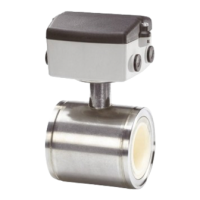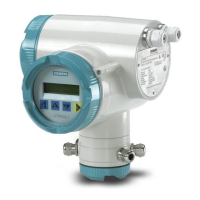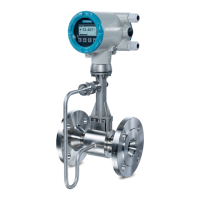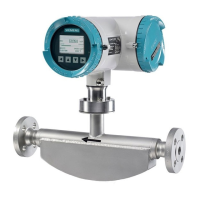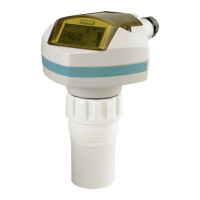5-5
1010ENFM-3B
Section 5
However, these liquids are perfectly suitable for Reflexor flowmetering. Liquids containing dissolved gas-
ses or dissolved organic solids will not cause any problems for transit-time operation.
Most liquids are excellent sonic conductors, regardless of their electrical or optical properties. Although
highly viscous liquids exhibit a greater degree of sonic attenuation, the FUE1010EN operates perfectly
with the vast majority of these liquids. The Valc % (signal strength) item on the Diagnostic Menu is a
good indicator of this condition. A low value (under 30) indicates a possible low liquid sonic conductivity,
or improper transducer installation.
5.4.4 ERRONEOUS LIQUID PARAMETER SPECIFICATION
The viscosity of the liquid is an important factor. It governs the degree of Reynolds Number compensation
that the flow computer applies to the final rate output. Therefore, flow data errors could result if you enter
an inaccurate viscosity value. The Technical Service Dept. can provide reliable viscosity data for most
liquids.
5.4.5 LIQUID COMPATIBILITY
Since our clamp-on transducer systems never contact liquid, the issue of liquid compatibility only applies
to entrained gases or mineral solid content that might impair sonic signals. Since the FUE1010EN is
designed to measure flow using both transit-time and Reflexor techniques, we can safely say that it will
operate most successfully on virtually all liquids.
5.4.6 AERATION
Undissolved gases, having very low sonic impedance, may cause sonic beam scattering. In large quan-
tities, they can reduce the sonic signal strength. Small bubbles, caused by cavitation, usually provoke
more signal loss than an equal quantity of large gas bubbles. Usually, the problem can be alleviated by
eliminating the cause. Aeration may be caused by a mixing tank, throttling valve cavitation, or air suction
upstream of the transducer location.
FUE1010EN can operate successfully with a larger amount of aeration than any other transit-
time flowmeter. It measures and reports the aeration level as the analog output, Vaer %. This repre-
sents the relative degree of aeration detected within the flow stream. Its computer reports the Vaer level
until it impedes operation and forces a Fault Alarm. The Vaer output accommodates applications requir-
ing an aeration indicator. The Vaer also appears on the display screen. The aeration percentage can be
used as an alarm relay set-point. You can set the aeration alarm setpoint such that it trips before aeration
reaches a level that impairs flow measurement.
NOTE: Before performing the installation routine, allow enough time for the liquid to “flush”
out all air trapped in the pipe.
5.4.7 SLURRIES
High-density undissolved solids (e.g., sand slurry) may cause application problems if present in suffi-
cient quantity to scatter the sonic beam significantly. Low-density solids, such as organic materials, coal
slurries and unaerated sewage sludge, are usually adequate sonic conductors and their sonic imped-
ance is very close to most liquids. Excessive mineral solids though could trigger the aeration alarm.
5.4.8 TWO-PHASE LIQUIDS
Two-phase liquids (e.g., oil and water) cause some sonic beam scattering. However, these usually con-
duct sonic beams sufficiently for proper operation (unless heavy aeration is present also). Two-phase
liquids with large quantities of different components, such as sand or free gas, could prove to be too
attenuative for transit-time operation. However, switching to Reflexor™ mode will keep the flowmeter
operational under these circumstances.
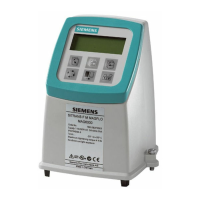
